Is deer hunting good in the rain?
It should be understood that the desire is very often cooled by bad weather, and the hunt itself becomes more difficult. Hunting deer in the rain as much as it may be a little complicated, can be a fun endeavor for any determined hunter. The dynamics of deer activity can greatly depend on the rainfall so it is important to know how these beautiful animals behave in such weather.
This guide will explain how rainfall influences the behavior of the deer, the advantages and disadvantages of hunting in the rain, and practical advice for such hunting.
How Does Rain Affect Deer Behavior?
Weather plays a significant role when it comes to deer movement and so does rain also. That is why deer do not completely rush away from rain, although they change their schedule during this period.
Rain also can make them feel safer because sounds and smells fade and predators hunt using only their senses.
Do Deer Come Out in the Rain?
Indeed, dears are often found venturing out at night periods, particularly during a light rain period. It also appears that light rain causes less disturbance to their daily activities and can feed, move, or go to bed while it is raining.
However, deer are more likely to go for thickets during down pouring rains or when there is a thunder and lightning storm.
There was no significant deer activity at dawn, and during the light rain, deer can be more active at any time of the day because rain keeps their scent and noise down. This can make them more comfortable moving in open areas.
This is because, during these times, deer feed more as they are better protected against their predators. Instead, their locomotor activity reduces during such weather since they find refuge in areas with minimal cover from precipitation.
Light Rain vs. Heavy Rain Impact on Deer Activity
- Light Rain: Any instance of light rainfall furthermore leads to changes in deer movements particularly in the feeding regions. This makes it a good time for hunters to be out, as deer may appear more frequently on roads/highways or on fields.
- Heavy Rain: Staying out during heavy downpours is unhealthy for the skin and dangerous for the survival of the deer as they are confined to seek shelter mostly in the dense vegetation cover. They are less likely to go out into the open, therefore hunting them in such a terrain becomes very tricky.
Does Rain Affect Deer Hunting?
Moving further hunting during a rainy season is a dangerous thing. Due to the presence of tall trees, trail visibility can be an issue especially when it is raining, and the ground becomes slippery.
Small arms including firearms and archery equipment should be protected from the effects of weather to enhance their operation. If aiming to be a bow hunter, be reminded that rain erases blood trails, meaning that tracking a wounded deer will be even more challenging if you are hoping to do it.
Can You Hunt Deer In The Rain?
Yes, you can hunt deer in the rain, and many hunters find it advantageous. Rain affects deer behavior in ways that can make them more accessible, but it requires special preparation and awareness.
Pros and Cons of Hunting Deer in the Rain
- Increased Deer Movement in Light Rain: Deer often feel safer in light rain, as it dampens sounds and scents. They may be more active, even during the day, making it easier to spot them.
- Scent Suppression: Rain can help mask a hunter’s scent, making it harder for deer to detect your presence.
- Less Pressure: Fewer hunters are out in wet conditions, which can mean less competition and deer that are less spooked.
- Equipment Challenges: Rain can affect gear, especially optics, bowstrings, and firearm reliability, requiring additional protection.
- Blood Tracking Difficulties: Rain can wash away blood trails, making it difficult to track a wounded deer.
- Reduced Visibility: Low visibility in rain can make spotting deer and assessing your environment harder.
Is It Harder for Deer to Smell You in the Rain?
Yes, this is true; rain can actually even go a long way in reducing the scent of human produce that hunters dread so much. The small scent particles stay close to the ground and human moisture buoys the scent so that the deer cannot smell the hunters.
This puts the hunters in a vantage point especially if it is lightly raining because as we know, deer majorly depend on their ability to smell.
How Hard Is It to Track a Deer in the Rain?
The tracking can also be somewhat more challenging if the conditions are wet. As long as the blood trail is not washed off in persistent or pouring rain, other bodily signs are also lost the moment it starts raining for instance blood stains, footprints, or snapped twigs.
Hunters may be forced to depend more on some senses; particularly on sight, and therefore focus keenly on a fresh track, and any movement, to achieve a successful shot.
When Is The Best Time to Hunt Deer In The Rain?
Here’s a closer look at the optimal times to hunt deer during rainy weather:
- Before the Rain: Just before the rain, deer often move more actively to feed or relocate, sensing the incoming weather. As the barometric pressure drops, deer feel the urge to feed or relocate to more secure areas. During this time, you may notice deer moving around more freely, making it an excellent opportunity for hunters to get into position.
- During Light Rain: Light rain can increase deer movement, as it helps mask scents and sounds so deer feel safer in damp conditions. This period is often ideal for hunters. Hunting during light rain can actually enhance your chances of success.
- After the Rain: The time after a rainstorm can be another prime hunting Deer tend to emerge after a rainstorm to feed and assess their surroundings. Look for deer near food plots or areas with abundant vegetation. The scent of wet earth and vegetation can stimulate their senses, making them more likely to explore their environment, and are less cautious.
Should Hunters Choose to Hunt Deer In The Rain?
It is important to hunt deer during the rainy season but light rainfall is the best while going out for hunting. Consumer hunters seeking a challenge given by lower pressure, scent suppression, and higher activity among the deer may experience them as beneficial.
However, they should ensure they put on waterproof clothes, protect their equipment, and expect more difficult tracing situations in the process.
How To Stay Dry Hunting In The Rain?
Hiking boots are much recommended for a hunter – so that his feet never get wet during the wet hunting season. Other necessities for hunting are rain gear, slip-resistant hunter boots, durable and weatherproof firearm protection, and good hunting camouflage. Below, you will find the main gears and our suggestions for the brands for you to stay safe.
1. Waterproof Clothing
Invest in a high-quality, breathable waterproof jacket and pants to shield yourself from rain without overheating.
- Recommended: Sitka Gear Downpour Jacket – Known for its durability and GORE-TEX membrane, this jacket provides excellent waterproofing while remaining breathable.
2. Anti-Slip Boots
A solid pair of anti-slip waterproof hunting boots is essential for navigating wet, muddy terrain.
- Recommended: Kalkal Full Camo Hunting Boots – These boots are insulated, waterproof, and provide exceptional grip on slippery surfaces.
3. Hunting Blind
A pop-up hunting blind offers both cover from the rain and concealment from deer. It’s also a great option if you need to stay stationary for long periods.
- Recommended: Kalkal 300-degree See Through Blind – This camo waterproof blind offers great weather resistance and has 300° visibility, the one-way see through mesh allows you to observe deer movement and shoot from any angle while staying protected.
4. Waterproof Rifle Cover
A waterproof rifle or bow cover keeps your weapon dry and functional in wet conditions, which is crucial for accuracy and reliability.
- Recommended: Allen Company Rifle Cover Or Kalkal Double Rifle Bags – This affordable cover is easy to pack, slip-resistant, and fully waterproof, providing dependable protection for carrying your rifles and scopes to the hunting field.
5. Umbrella or Hunting Canopy
For hunters who prefer minimal gear, a camo umbrella or canopy can provide temporary rain protection without the need for a full blind.
- Recommended: 58'' Treestand Hunting Umbrella– This umbrella is perfect for tree stand or saddle hunting. It can be attached to a tree or stand, offering quick and easy shelter from rain.
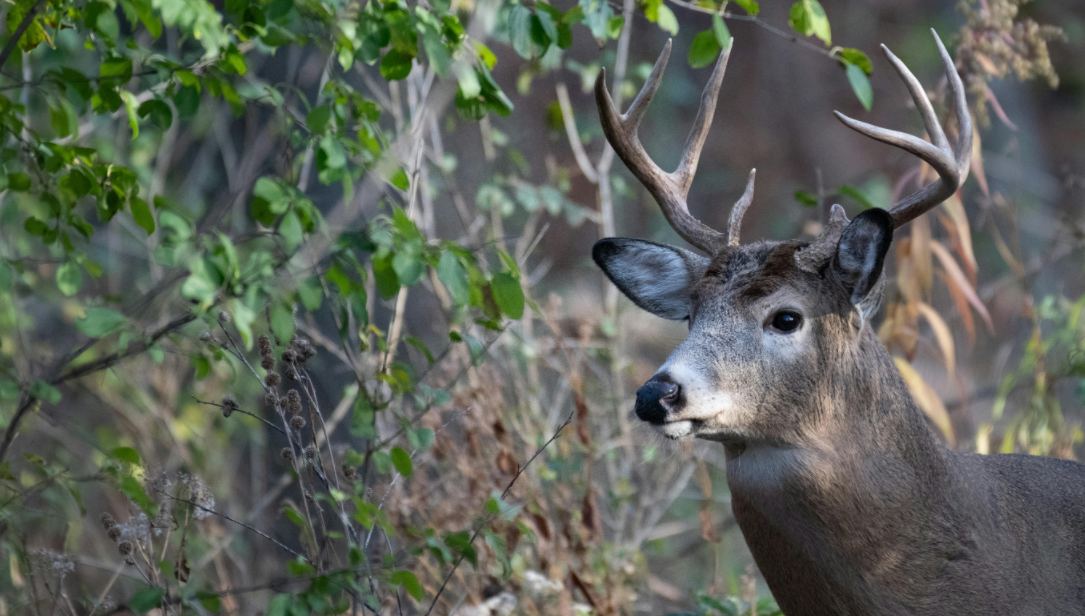
Strategies for Successful Deer Hunting In The Rain
Hunting deer in the rain requires adapting your approach to make the most of the conditions. Here are some effective strategies:
1. Focus on Feeding Areas and Trails
● Why Feeding Areas Work in the Rain: Sprinkling is usual in most areas, and this increases the movements of deer around feeding areas since they are secure from their enemies. Deer may travel during the day under overcast conditions, so hunting locations should be picked at places where food plots, crop fields, and any known feeding areas exist for the deer.
● Effective Setup Tips: Try to place yourself along well-used trails or nearby popular food sources that would attract the deer. They may also be led by rain to food sources where they find overhead cover that keeps food dry, such as a leafy roof or the edges or clearings beneath a forest of trees.
2. Use the Wind to Your Advantage
● Why Wind Matters in Rainy Hunts: Yes, rain does blend well with scent, but when you put it together with wind, even keen noses will not be able to pick your scent, especially on cool damp days when the scent trail moves in a different way. Spend some time to ensure that even if it is blowing it is not blowing scent in the direction of bedding or feeding areas.
● Tactics for Wind and Weather: Try to learn how wind might shift from one part of the hunting grounds to the next before you get there. Stay downwind at your target area and look for changes in the wind in relation to natural objects such as trees or mountains. Learn: How to Use Milkweed for Wind Detection?
3. Move Slowly and Be Patient
● Matching the Deer’s Pace: Deer tend to become nervous easily when it is rainy: they begin to trot more than walk, and take more time to remain alert. To replicate this slower, more deliberate speed, be sure to spend more time going through each action, carefully studying one’s surroundings and also making sure to be as stealthy as possible.
● Silent Approach Tips: First of all, damp leaves and ground provide a better acoustic environment than dry earth so take advantage of it. Also, keep as much of your equipment and gear out of the tree stand or ground blind as possible to reduce noise, avoid stepping on sticks, and drop more often to listen for deer movement. A downpour can obscure quiet noises, which means that raising your patience level can raise your odds of seeing nearby deer before they see you.
4. Hunt from a Ground Blind or Natural Cover
● Utilize Ground Blinds: Hunting from a ground blind also has one advantage when the rains set in –you are out of the wet and cold and most importantly comfortable. Ground blinds, if well camouflaged and positioned properly can make you remain stationary and therefore important when deer are sensitive to movement.
● Utilize Trees and Brush for Shelter: If you do not have a blind bag, seek refuge under trees or; large thickets to keep yourself and the equipment dry. Tree stands also work well if positioned in visible areas; just choose a stand that minimizes your movement and maintains your visibility.
5. Focus on Daytime Hunting
● Deer Movement in Daylight: Rain often disrupts a deer’s nocturnal tendencies, leading them to feed and roam during daylight hours when the weather is milder and rain lighter. This can be beneficial since rainy, overcast days extend daytime activity, making it possible to hunt when deer are more active.
● Planning Your Timing: Plan for an extended daytime hunt, targeting mid-morning to late afternoon, as deer may remain active through these hours. Be patient and consider bringing waterproof clothing and gear to stay comfortable for a longer period, as deer might take longer to appear than they would on a clear day.
6. Keep Gear Dry and Protected
● Protect Your Gear from the Elements: Rain can quickly damage optics, electronics, and other equipment, affecting accuracy and reliability. Use waterproof cases for binoculars and scopes, and apply lens covers when possible to keep visibility clear.
● Weapon-Specific Tips: For firearms, a water-resistant rifle cover prevents rust and moisture build-up in critical areas. For bowhunters, consider a rain guard for the string, as wet strings can affect accuracy and release. If you use scent lures, store them in a sealed container to keep them effective.
7. Watch for Fresh Tracks and Signs
● Why Rain Enhances Tracking: Rain softens the ground, creating an ideal surface for spotting fresh tracks, scrapes, and other signs of deer presence. This can be useful in understanding where deer have recently moved, and fresh tracks can guide you to a high-traffic area.
● Identifying Fresh Movement: Look for crisp hoof imprints in damp soil, which stand out more clearly after rainfall. Pay attention to any signs of browsed plants, broken branches, or overturned leaves, as these could indicate recent deer movement in the vicinity.
8. Be Prepared for Difficult Tracking
● Challenges of Tracking in Rain: Rain can wash away blood trails quickly, making it more difficult to track a wounded deer. Wet conditions also make hoofprints less defined, requiring hunters to rely on other signs, such as broken twigs, fresh droppings, or subtle ground disturbances.
● Tips for Effective Tracking: Mark the exact location where you last saw the deer and any blood or signs of impact immediately. Use ribbons or GPS markers to create a path if tracking over longer distances. In heavier rain, stay within close shooting range, aiming for a clean shot to minimize tracking needs.
9. Plan Your Hunt Around Rain Phases
● Before, During, or After Rain: Each phase of rain presents unique opportunities. Right before the rain, deer often move more as they anticipate the weather change and may feed actively. During light rain, they tend to be out and about, taking advantage of overcast skies. After a rainstorm, deer emerge to feed and check their surroundings, which can lead to increased sightings.
● Maximizing Each Phase: If rain is forecast, plan to arrive early to catch pre-storm activity or stay longer to hunt after the rain has passed. After a heavy downpour, focus on clearings and edges where deer may emerge, as they are likely to return to feeding areas soon after the rain stops.
10. Decide If Rain Hunting Suits Your Style
● Consider Your Comfort Level: Rain hunting can be productive but isn’t for everyone. Success in the rain requires patience, adaptability, and preparation. For hunters who enjoy a challenge and want to take advantage of deer movement and reduced competition, rain hunting offers a distinct advantage.
● Evaluate Your Gear and Setup: Make sure you have quality waterproof gear, solid optics, and the right setup for dealing with the elements. The reward can be substantial, as deer activity and scent suppression in rainy conditions are generally favorable for prepared hunters.
Conclusion
Hunting deer in rain offers one of the most interesting prospects for well-equipped and prepared hunters due to increased deer activity and the diminished scent in rainwater.
That is the reason why it is important to combine appropriate equipment and the right tactics, which will transform rain into an advantage.
Take up the gauntlet, adapt, and get ready for a different kind of hunt free from congestion and with more chances to sight and chase the prey.


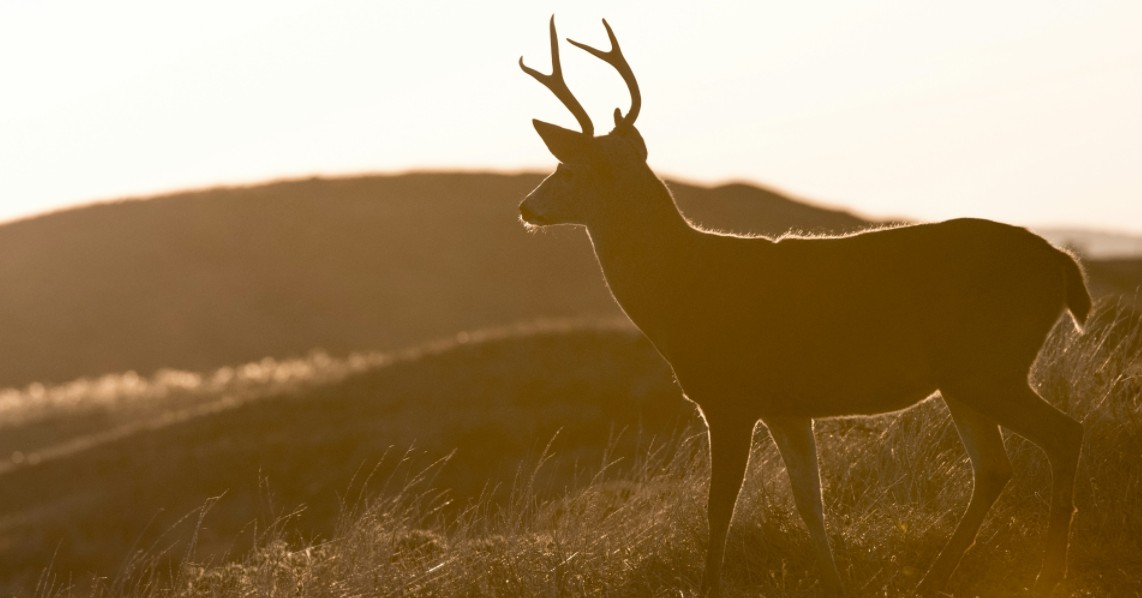

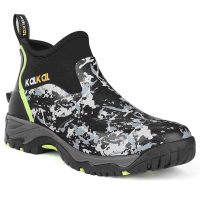



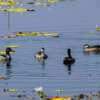
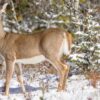

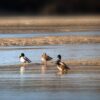
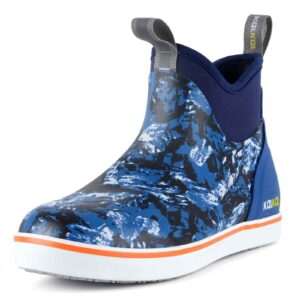


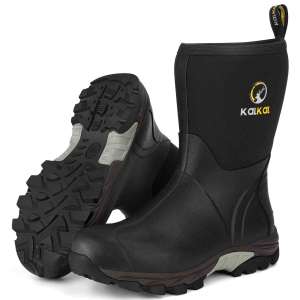



3 comments on “How Realistic Is Deer Hunting In The Rain? Tips&Guides”
healxo
Your blog is a true gem in the world of online content. I’m continually impressed by the depth of your research and the clarity of your writing. Thank you for sharing your wisdom with us.
temp mail
Just wish to say your article is as surprising The clearness in your post is just cool and i could assume youre an expert on this subject Fine with your permission allow me to grab your RSS feed to keep updated with forthcoming post Thanks a million and please keep up the enjoyable work
XRhit
Hello!
Good cheer to all on this beautiful day!!!!!
Good luck 🙂